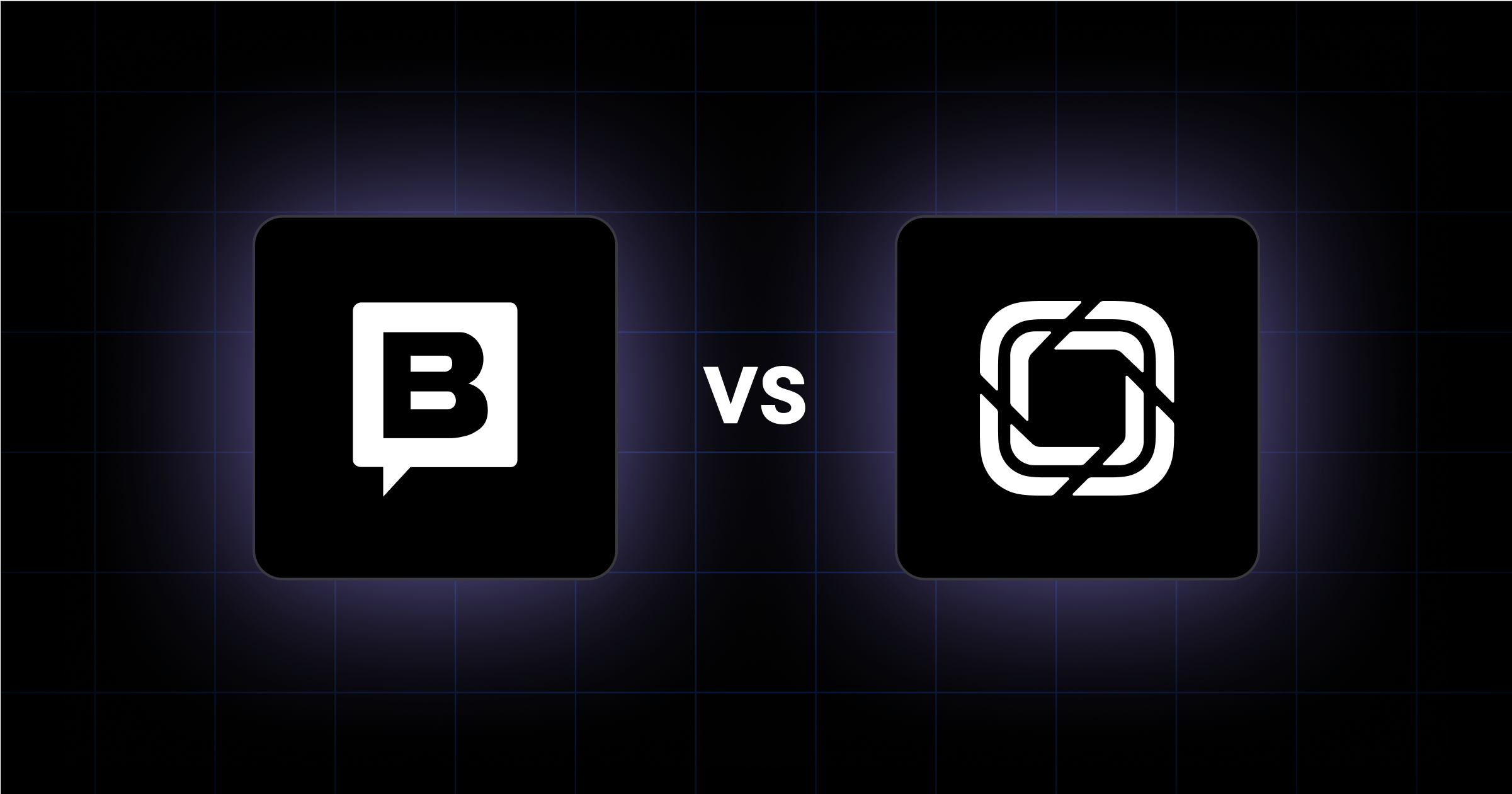It’s typical for organizations to take the easy way out and build content from scratch without a content infrastructure for their developers, designers, and content teams to pull from when met with a new web project.
However, following this shot-in-the-dark approach presents many inconsistencies to end-users, affecting the customer experiences of all audiences on different platforms and devices.
High-performing teams let go of this approach and have invested in a process that empowers teams to visualize, design, and develop user experiences without doing it from scratch.
Content modeling.
What is Content Modeling? Explained in Seconds
Content modeling is an iterative approach to building models that serve a specific purpose in applications, websites, and anywhere else where a brand engages with its customers.
Content is everywhere, taking all shapes and sizes. The process of content modeling helps organizations identify, collate, and relate all of the content into a central source of truth.

That way, content can travel further, organizations draw more insights about their business, and most importantly, they deliver more value to their audiences on a multi-channel level.
Unfortunately, adopting content modeling comes with many reservations. Let’s review five common misconceptions about content modeling, and we’ll explain how you can counter the reservations everyone is talking about.
Common Content Modeling Misconceptions
1. Clash of Interests
To begin the content modeling process, organizations must gather a team that can speak to the content goals of the organization, understands the needs of audiences on all of their channels, and can implement the new data models into the coding backend.
Immediately, the following teams come to mind:
- Content teams
- Developers
- User researchers
- Marketers
- User interface designers
- Subject matter experts
- Other stakeholders
Let’s face it - a clash of interests is likely to occur when more teams are involved in the decision-making process. Team members can be more influential than others and lose sight of the goal of the beginning stages: to align on how the content modeling approach can best work for the organization.
Recommendation:
Maintain a friendly environment! Building a content modeling structure requires opinions and perspectives from more than one person. This includes developers, designers, content editors, and anyone else that will use the models created.
Establish user permissions and roles, and document the needs of every person involved in the content modeling process to ensure teams are aligned. That way, teams understand the purpose of content modeling, and expectations are established before models reach the implementation stage.
2. Content Modeling is Time-Consuming
From gathering requirements and the appropriate team members to planning/sketching data models to implementing them for use, content modeling is a lengthy process.
Anyone would agree that content modeling is simply not a process that occurs over a night or at the snap of a finger.
After identifying who will be involved in the content modeling process, the next step is to document the content model. Teams are required to build a diagram, or spreadsheet, displaying the main content types and their relationship to one another.
Depending on the amount of main content types an organization has or would like to have, this step can take teams days or even weeks. Visual diagrams display the structure across teams and channels, helping ensure all content types have the correct metadata.
Not to mention, the diagrams require proper documentation for developers to brief them on how to implement the models. Teams will end up with content models that don’t fit the content they wish to serve their audiences if they don’t take the time to build a diagram or spreadsheet to denote each content type.
Recommendation:
Content modeling enables teams to scale their content across channels and devices. Repurposed the structured content powered by content modeling into anything!
When teams gather to identify the purpose of each content type, content modeling becomes time-consuming. On the bright side, doing so will eliminate friction in the future when creating net new website pages, applications, and anything else to serve multiple channels.
Organizations have three options when modeling content types:
- Diagram - A visual representation of content models with the proper content types.
- Spreadsheet - Communicates more information that a diagram cannot, such as content examples for various fields.
- Code - Modeling in code is highly recommended and allows developers to find issues in the code early on. A code-first approach is effective but requires supporting diagrams for non-developers to understand the language.
Setting expectations ahead of time using diagrams, spreadsheets, or codebases empowers content editors. Content expectations and rules eliminate friction between editors and developers, resulting in faster speed to market.
3. Content Modeling Means Having Too Many Content Types
It’s common for organizations unfamiliar with the content model approach to assume that you need a content model for every existing content type.
It’s important to understand that the assumption is incorrect. Teams shouldn’t create a content type for every new instance.
It doesn’t have to be that way.
Organizations creating content types for every new instance of content are tainting the content model approach with a false narrative.
Recommendation:
Don’t get too carried away! Creating more content types than needed will make the content modeling process messy.
Determine the highest priority content types and analyze how they can be used to build larger content models. These content models should be flexible enough to be reused elsewhere to serve multiple purposes and audiences.

Source: An example of a taxonomy functioning as metadata for a content model.
At the end of the day, if creating and labeling content types is a hassle and your find it hard to think broadly, using a taxonomy system will help. Taxonomy is metadata, or an attribute, of a content type used to categorize the content.
4. Multi-Channel Management Gets Messy
A multichannel distribution system is a distribution method that implements more than one channel to reach prospects, communicate with customers, and increase sales.
Multichannel channel management is a different story. Usually, product content managers are responsible for optimizing each channel to improve customer experience by delivering standout marketing messages.
But what’s content modeling have to do with it?
Multichannel management requires content managers to understand their audiences at every touchpoint. Bringing content modeling into the mix can equate to more management tasks that content managers would prefer to avoid.
But that isn’t the case.
Content modeling saves content managers time and allows them to target audiences with effective, consistent messaging across all channels. Here’s the secret.
Recommendation:
With a content modeling approach, teams can reach their audiences on their preferred channels throughout the buyer journey using custom models that create a consistent customer experience across the boards.
To get started, teams must first identify each channel they will target.
Having a firm understanding of the needs of each channel and how content types can be used to build adaptive content models for each channel will make it easier for content managers to assess if the models are yielding expected results.
Let’s not forget that we’re referring to the content models used to feed prospects and customers content to perform the desired action, or to nurture them through the buyer’s journey. Having these content models will facilitate faster speed to market for all content initiatives.
5. Managing Content Models is Too Tedious
Managing content models isn’t as complicated as it seems. The grit work begins when the designated departments and stakeholders meet to agree on what makes a content model and the purpose it’ll serve.

Source: Above is an example of a content type containing the required information to make up this type.
The objective of the brainstorming step is to highlight the fields that will make up the content types editors will deploy for any website initiative. During this session, the developers responsible for implementing the content models will call out if it’s possible or not.
Otherwise, teams will have clear expectations of what the output will look like, eliminating any friction when the content models are handed off to content teams.
Recommendation:
Teams must be aligned before implementation commences. Otherwise, managing content models that departments never agreed on will elongate the process.
The next step is for teams to document all existing content types and list how they’ll be used for future website pages, marketing materials, or projects.
This is important for two reasons:
- Content editors will know how to use each content type when creating new content on the CMS.
- By knowing the relationship between content types, developers can make immediate changes and add new content types to existing models.
Managing content models is difficult if you make it difficult. But by following our tip, tedious is nothing but a myth.
Start Your Content Modeling Journey
Now that we’ve demystified these myths about content modeling, it’s your turn to get started!
We’ve summed up what not to do with valuable recommendations to ensure you avoid the pitfalls of content modeling. To get started, establish a content ecosystem that all departments know can be done.
We recommend starting with small content types and later beginning to think broader about the content model process. Doing so ensures team members who are new to the content modeling process get a grip on the objectives of the approach.
Is your team ready for the challenge?




